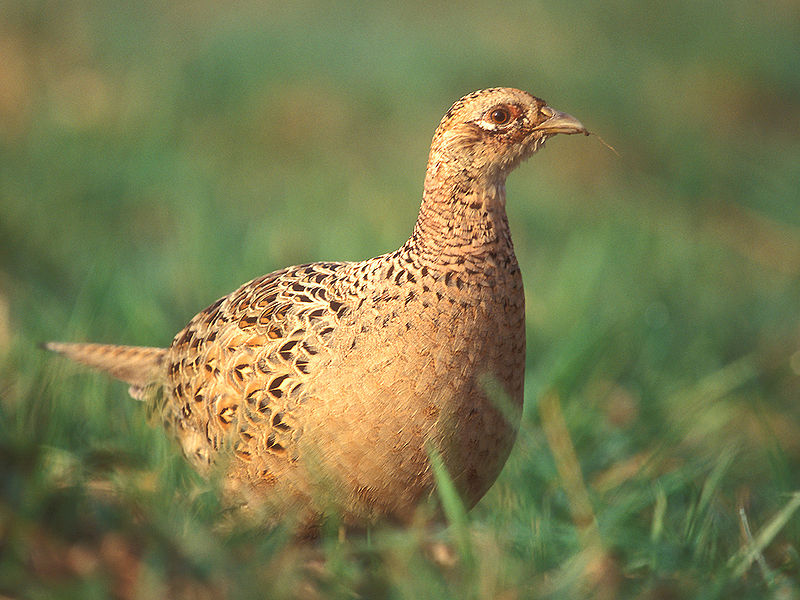Research
Pheasants and other seed-eaters
Several species of small seed-eating farmland birds resident in Britain have shown marked population declines over the last 50 years. In most cases, shortage of food during winter and early spring has been implicated. However, some large seed-eating species have increased over the same period. Our research explored the possible influence of two phenomena that have changed markedly over that period, which may have received insufficient research attention. The first is the increase in the release of captive-reared gamebirds by the commercial shooting industry, and the second is the loss of sources of small seeds at low spatial density, provided historically by weedy overwinter stubbles, and the increase in sources of larger seeds at high density, provided primarily by gamebird feed hoppers and game cover plots. The analyses suggests that the scale of gamebird release is such that the biomass of released gamebirds now greatly exceeds the combined autumn biomass of native seed-eating species, and changes in the density of pheasants Phasianus colchicus released annually show close temporal correspondence with the declines in small seed-eating birds. Our research also suggests that weedy overwinter stubbles historically provided seeds at a density where small bird species could meet their daily food needs, but large species could not. The shift from low-density to high-density seed sources may have benefited large species to the detriment of small species. Conservation initiatives designed to provide small seeds at low spatial density might be effective in restoring the previous balance between small and large species.
Alan Larkman
Ian Newton
Ruth Feber
David W. Macdonald
References
Larkman, A., Newton, I., Feber, R.E., Macdonald, D.W. (2015) Small farmland bird declines, gamebird releases, and changes in seed sources. In: Wildlife Conservation on Farmland. Eds: D.W. Macdonald & R. E. Feber. Oxford University Press.
-
 © Lukasz Lukasik
© Lukasz Lukasik





